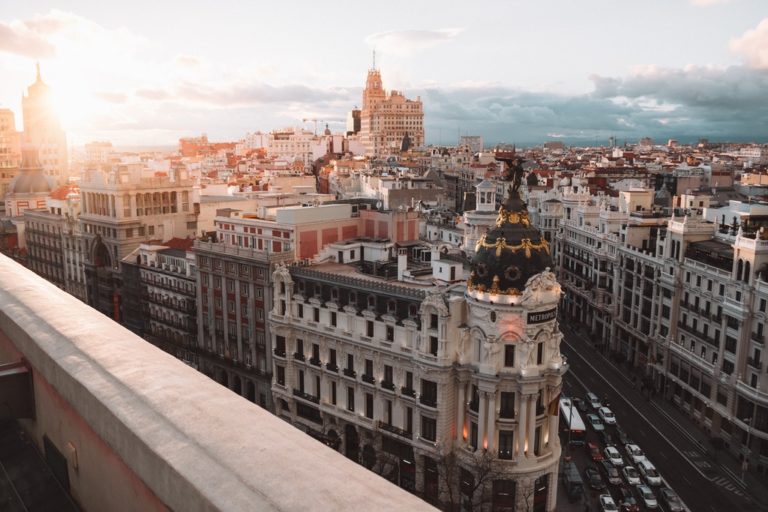Albania is a small nation in the south-eastern part of Europe. Albania is a country that travelers have often overlooked. It is still relatively unspoiled and has a rich history, but it is often overshadowed by its neighbors Greece, Montenegro, and Kosovo.
It is a country overflowing with natural beauty, cultural heritage, and friendly locals.
Its people, Albanians, are known as shqiptarë, which means “sons of eagles.” They consider themselves the descendants of the ancient Illyrians who inhabited central Europe and later migrated southwards in Albania in about 2000 BCE.
The country served as a bridge to other empires that wanted to conquer other nations.
The Romans defeated the Illyrians in the 2nd century BCE. The Byzantine Empire ruled them from the end of the 4th century CE. After that, they were further conquered by Visigoths, Bulgars, Huns, and Slaves till the Ottoman Turks finally defeated them.
Ottomans ruled Albania for over four centuries.
Albania finally became an independent nation in 1912. It was ruled as a monarchy country between the world wars, but it bounced back as a communist state.
Though Albania is a tiny country, it offers many castles, archaeological and historical sites to its explorers.
Geography
Montenegro borders Albania to the northwest, whereas Kosovo bounds the country to the northeast, Greece to the south and southeast, North Macedonia to the east, and the Ionian and Adriatic seas to the southwest and west.
Italy lies some 50 kilometers west of the Adriatic Sea.
The country has a mountainous geography and has mountains and hills in three-fourths of its area. These hills rise more than 650 feet above sea level. Other territories comprise coastal and alluvial lowlands.
The North Albania Alps, located in the northern region, is the most rugged region of the country. However, these Alps are heavily forested.
The central mountain region has less rugged terrain and is densely populated.
The highest peak of Albania is Mount Korab. It rises to 9,030 feet.
The longest river in the country, Drin, is about 280 kilometers long and originates in Kosovo.
Climate
Albania has a Mediterranean type of climate and has warm, dry summers and wet, mild winters.
Warm maritime air from the Ionian and Adriatic seas influences the western region, due to which it has moderate temperatures than the rest of the country.
On the other hand, continental air influences the eastern region and has mild summers and cold winters.
The country also gets abundant rainfall which falls unevenly throughout the year. The average annual precipitation level is 2,500mm in the North Albanian Alps and 760 mm in the eastern border.
Nature and Wildlife
Forests cover one-third of Albania’s total area.
The coastal lowlands have Mediterranean shrubs, whereas oak forests are prevalent above the lowlands.
From 3,000 feet and above, you will find beeches and pine trees.
The country houses jackals, foxes, wolves, rare wild boars, chamois, and bears.
It also houses migratory birds such as storks, geese, swallows, ducks, and pelicans.
In terms of marine species, sardines, mullets, and trouts are the most common fishes in Albania.






